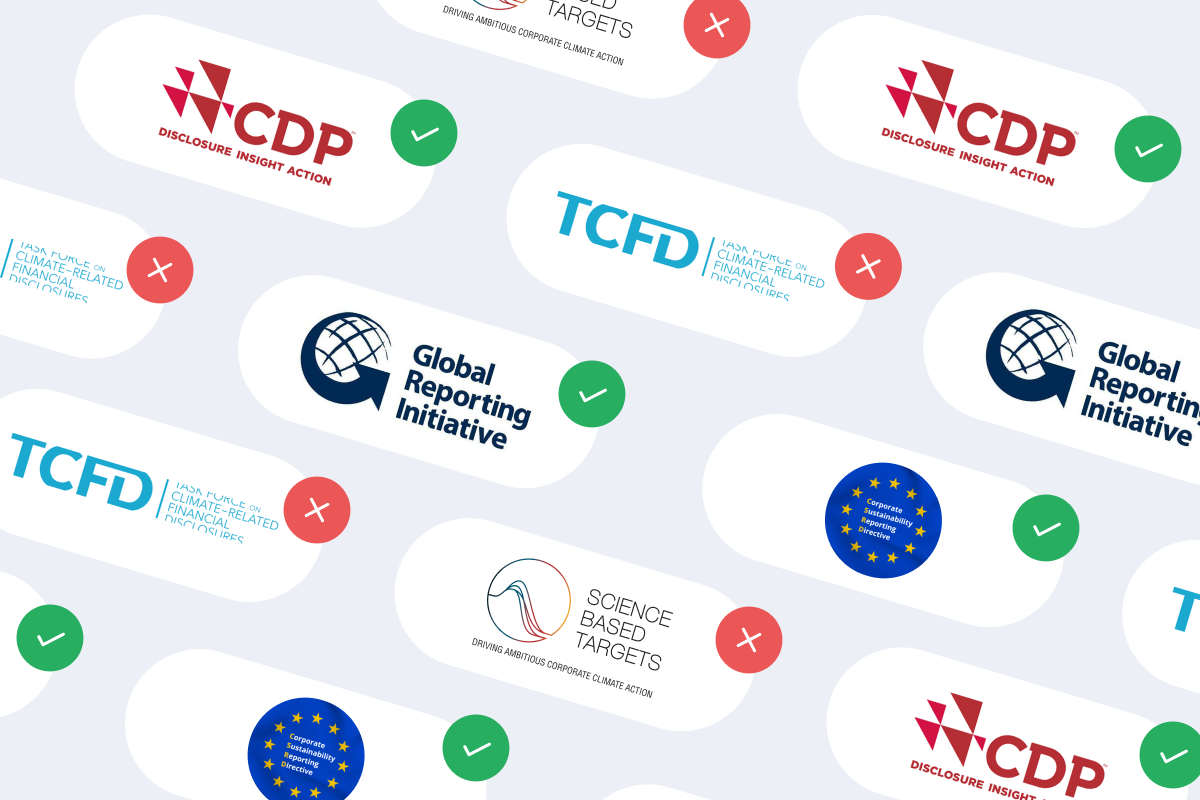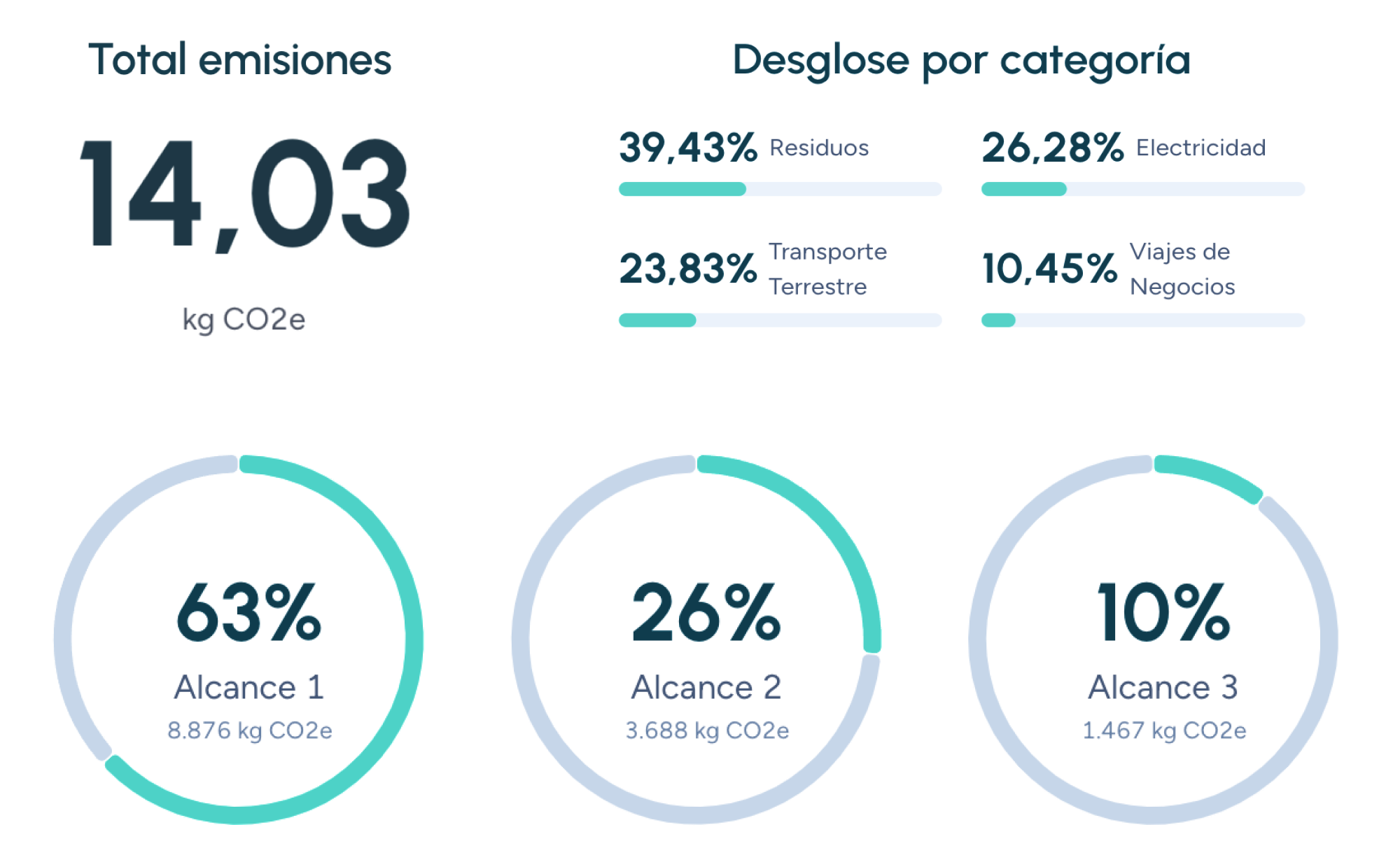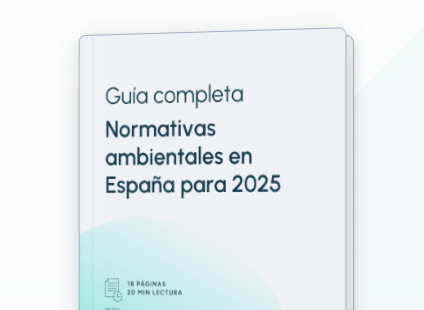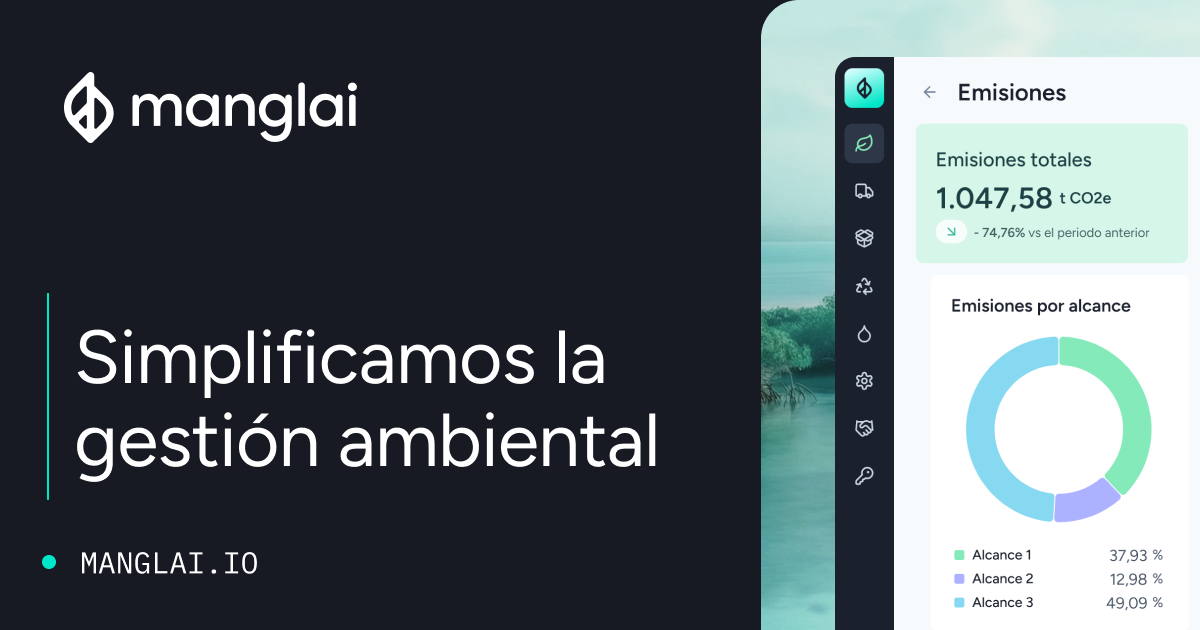W
Water Footprint
The water footprint is a fundamental concept in environmental sustainability and natural resource management. This term, which has gained importance in recent years, refers to the total volume of freshwater used to produce the goods and services consumed by an individual, community, or business.
As water scarcity and climate change become growing global concerns, measuring and managing the water footprint has become a priority for governments, companies, and citizens.
What is the water footprint?
The term water footprint was introduced by professor Arjen Hoekstra in 2002 and is defined as the total amount of freshwater used, both directly and indirectly, to produce goods and services. This concept includes not only the water consumed directly but also the water used throughout the production chain.
The water footprint consists of three main components:
- Blue water footprint: Freshwater extracted from surface or groundwater sources such as rivers, lakes, and aquifers that does not return to the system in the same condition.
- Green water footprint: Rainwater stored in the soil, which is used by plants during their growth.
- Gray water footprint: The amount of water needed to dilute pollutants and maintain water quality within acceptable standards.
This comprehensive approach allows for a better assessment of water consumption impacts across different production stages, providing a clearer view of this essential resource's use.
The importance of measuring the water footprint
Measuring the water footprint is crucial for identifying opportunities to save water, reducing environmental impact, and promoting sustainable water management.According to UNESCO (2021), 70% of the world's available freshwater is used in agriculture, highlighting the need to optimize its use in this and other sectors like industry and energy.
Additionally, measuring the water footprint is essential for:
- Identifying risks: Businesses can assess their exposure to water scarcity risks and take proactive measures to mitigate them.
- Ensuring transparency: Consumers and stakeholders increasingly demand accurate information about the environmental impact of products and services.
- Complying with regulations: In many countries, environmental laws require companies to report their use of natural resources, including water.
How is the water footprint calculated?
Calculating the water footprint involves collecting data on water consumption at all stages of the supply and production chain. This process can be complex, as it requires integrating data from multiple sources and considering different types of water use.
Standardized methodologies, such as those developed by the Water Footprint Network, allow businesses and organizations to calculate their water footprint effectively. These methodologies consider the three components of the water footprint (blue, green, and gray) and use tools such as life cycle assessment (LCA) to evaluate environmental impact.
A practical example
To illustrate how the water footprint is calculated, consider the production of one liter of milk. This process includes:
- The water used to feed and maintain cows (green water footprint).
- The water extracted for cleaning facilities and processing milk (blue water footprint).
- The water required to dilute pollutants generated during production (gray water footprint).
By adding these components, we obtain the total water footprint of the product, which may vary depending on geographical location and agricultural practices.
How is the water footprint related to the carbon footprint?
The water footprint and carbon footprint are closely linked, as many activities that generate greenhouse gas emissions also consume large amounts of water.For example, generating electricity from fossil fuels requires vast amounts of water for cooling power plants, contributing to both water footprint and carbon footprint.
Because of this, adopting an integrated approach to measuring and managing both indicators is essential. This approach allows organizations to identify synergies and design more effective strategies to reduce their environmental impact.
Benefits of reducing the water footprint
Reducing the water footprint benefits not only the environment but also businesses by offering economic and reputational advantages.
Some key benefits include:
- Cost savings: Optimizing water use can significantly reduce operational expenses, especially in water-intensive sectors.
- Enhanced reputation: Companies that adopt sustainable practices are viewed more favorably by consumers and investors.
- Access to financing: Many financial institutions offer favorable conditions for businesses committed to sustainability.
Manglai: a tool for managing the water footprint
To effectively manage the water footprint, companies need tools that enable accurate data collection, analysis, and reporting.Manglai provides advanced solutions for measuring and managing environmental indicators, including:
- Interactive dashboards and customized analyses to facilitate strategic decision-making.
- A recommendation and alert system to help companies identify opportunities for improvement and implement sustainability action plans.
As the world becomes more aware of the importance of sustainability, solutions like Manglai can play a crucial role in helping businesses achieve their environmental goals and contribute to a more sustainable future.
Companies that trust us

CO₂ Equivalent
Understand what CO₂ equivalent means and why it's important in measuring the carbon footprint. Learn how it’s calculated and its role in fighting climate change.
Carbon Footprint
The carbon footprint measures the total amount of greenhouse gases emitted directly or indirectly by human activities, and its reduction is key to mitigating climate change through strategies such as energy efficiency and the use of renewable energy.
Carbon Footprint aspects
Discover what a carbon footprint is, why it matters, how it is measured, and the emission scopes defined by the Greenhouse Gas Protocol.
Guiding businesses towards net-zero emissions through AI-driven solutions.
© 2025 Manglai. All rights reserved
Política de Privacidad


